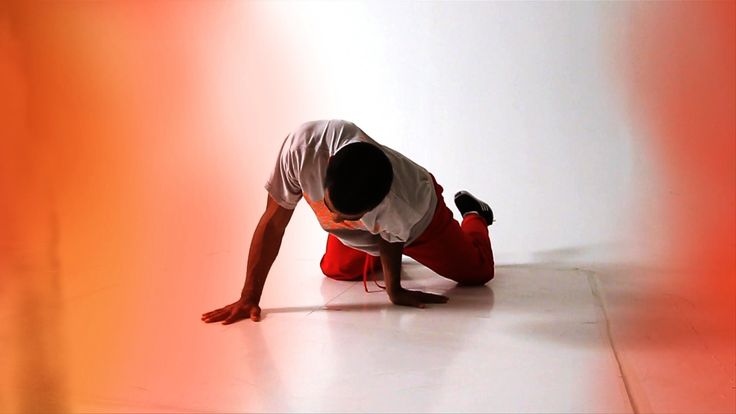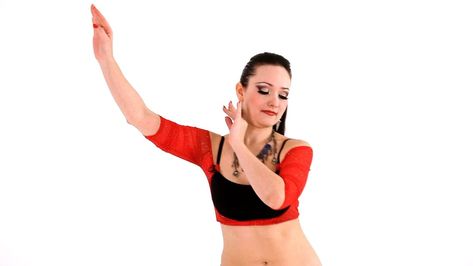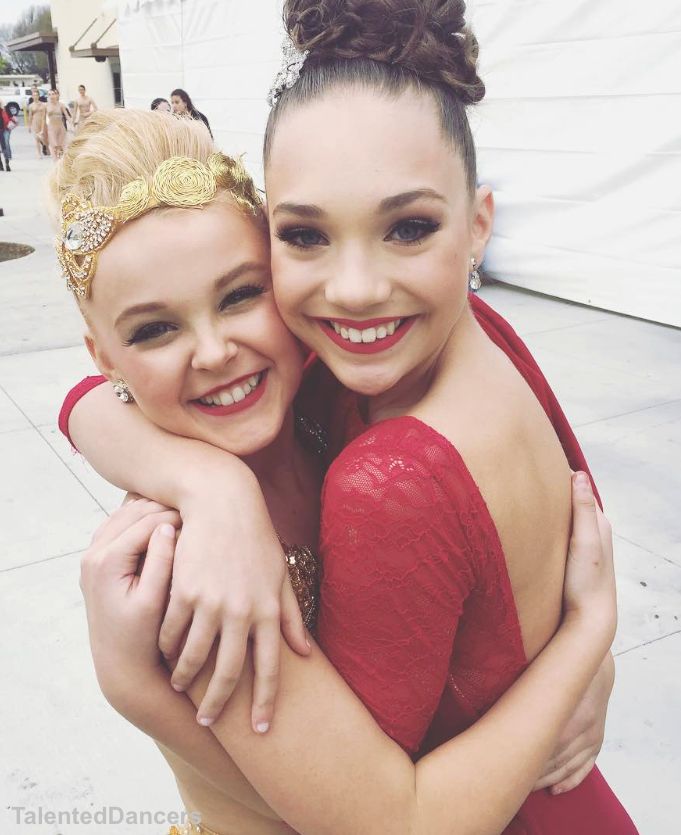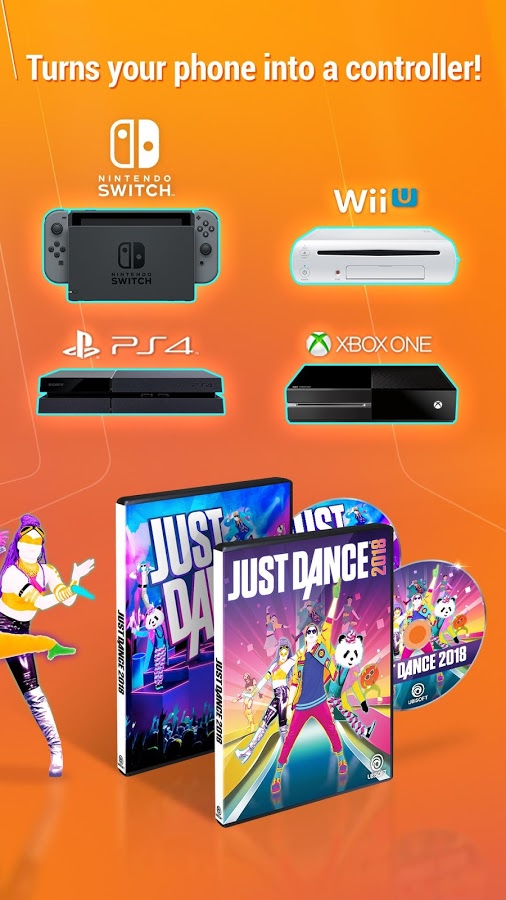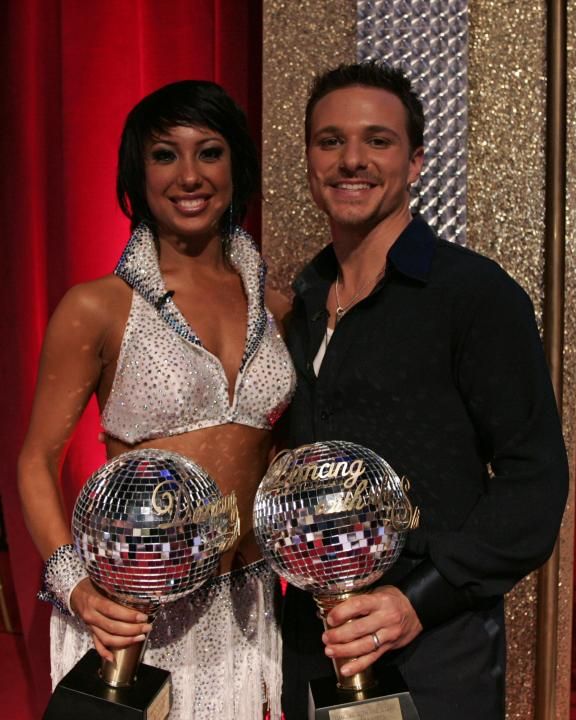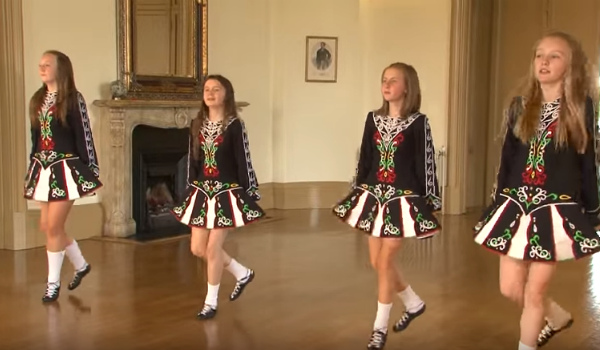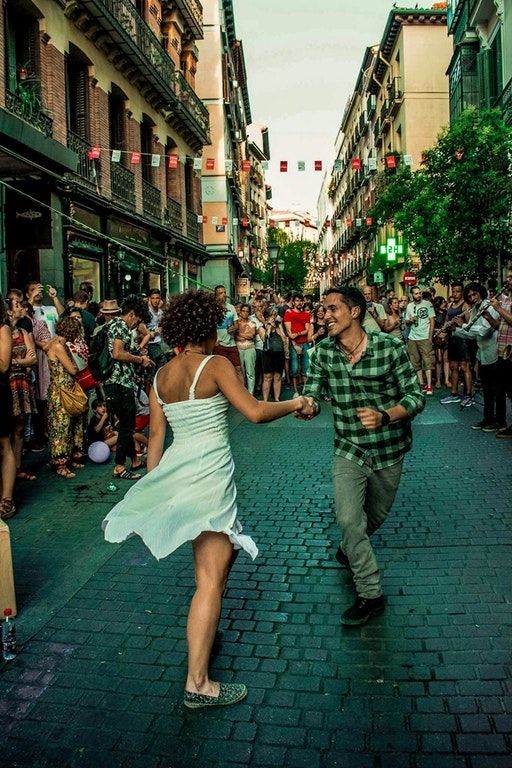How to make break dance
How to breakdance step by step
The following 3 videos will teach you how to breakdance step by step. We recommend that you watch these lessons in order as they are arranged from easiest to hardest. These moves come directly from our breakdancing courses which you should check out if you want to learn more. A word of caution, you must be careful when you attempt these moves. Be sure to study the movements very carefully and slowly and then ease into them. For other online dance classes click here.
Free mini video course for break dance:
Beginner break dance moves
Breakdancing move #1: 3 Step
The 3 step is one of the most popular beginner break dance moves. It consist of 3 steps that are done in a circle. In this move you will start with one leg extended in front of you and then will switch the legs as fast as you can so that the other leg is extended, from there you bring the leg side where you end up in a kind of push up position. Learn how to sync the arm switches with your leg switches.
Want More?
The Complete Breakdancing Course For beginners (No experience needed)
Learn simple but impressive moves step by step! You will learn footwork moves, ground moves as well as freezes. This video course has 3 modules with +3 hours of video instruction. Delivered through instant online access.
Learn more & Buy it here (Click here)
Breakdance move #2: Corkscrew Up:
This is another cool bboy move. The corkscrew up is perfect for when you need to get up from the ground in a “cool” and smooth way. You can do this move on it’s own or from any other combination of moves.Here you will develop strength and balance as you push off the floor to spin upwards and around.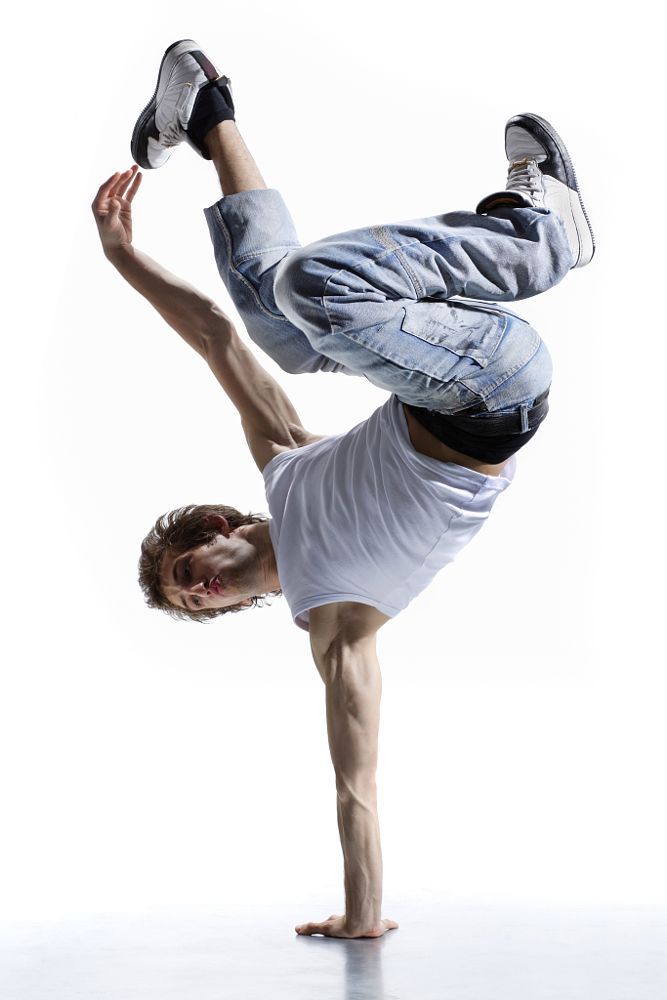
One more to go below!
Want More?
The Complete Breakdancing Course For beginners (No experience needed)
Learn simple but impressive moves step by step! You will learn footwork moves, ground moves as well as freezes. This video course has 3 modules with +3 hours of video instruction. Delivered through instant online access.
Learn more & Buy it here (Click here)
Break dance move #3: The baby freeze
Learn how to do a baby freeze move in this video. Freezes in Breakdancing are meant to draw attention to the dancer and are usually put in at the end of some footwork combination like the 3-step above! The baby freeze is great to start out with since its small. It still requires lots of coordination and practice so take it slowly and make sure you don’t skip anything.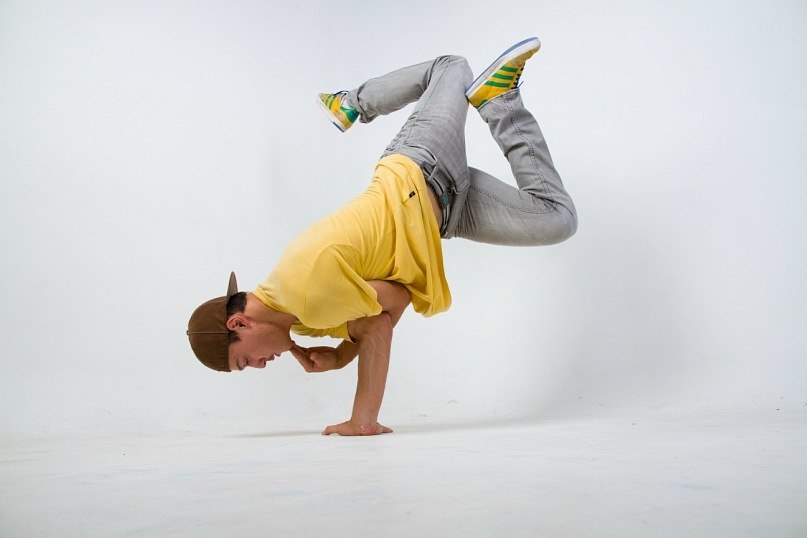
Get Barry’s full course now:
The Complete Breakdancing Course For beginners (No experience needed)
Learn simple but impressive moves step by step! You will learn footwork moves, ground moves as well as freezes. This video course has 3 modules with +3 hours of video instruction. Delivered through instant online access.
Learn more & Buy it here (Click here)
History of Breakdancing:
Breakdancing was founded by the black community and Puerto Rican kids in the 1970s. And it really became popular after James brown’s single “Get On The Good Foot” where his busted out his high energy footwork dancing. After that, the kids in New york started to copy his moves and eventually it evolved to be called b-boy or break dancing. At that time most of the style was ground footwork combinations without any of the fancy stuff you see today like windmills or back spins that are popular today. There were also breakdancing battles between gangs or clicks.
At that time most of the style was ground footwork combinations without any of the fancy stuff you see today like windmills or back spins that are popular today. There were also breakdancing battles between gangs or clicks.
Another dance called “uprock” influenced the b-boy dancers. In this dance style, the dancers mimic fighting moves into rhythmic dance moves that opponents would use to ‘battle’ against one another.
The music is not restricted to Hip Hop anymore. These days dancers choose Techno, Jazz, electronic, pop and an other types of music that suites their style.
Other styles:
Back to free Hip Hop dance videos page
How to Ballroom dance
How to dance at clubs and parties
Online dance classes
Break Dance
ARROW_LEFTARROW_LEFTUnit PlanLesson 1 of 8
ARROW_RIGHTSPIKE™ Prime Set
Synchronize motor movements of a "break dancer" to keep in rhythm with light and beats.
CLOCK30-45 min.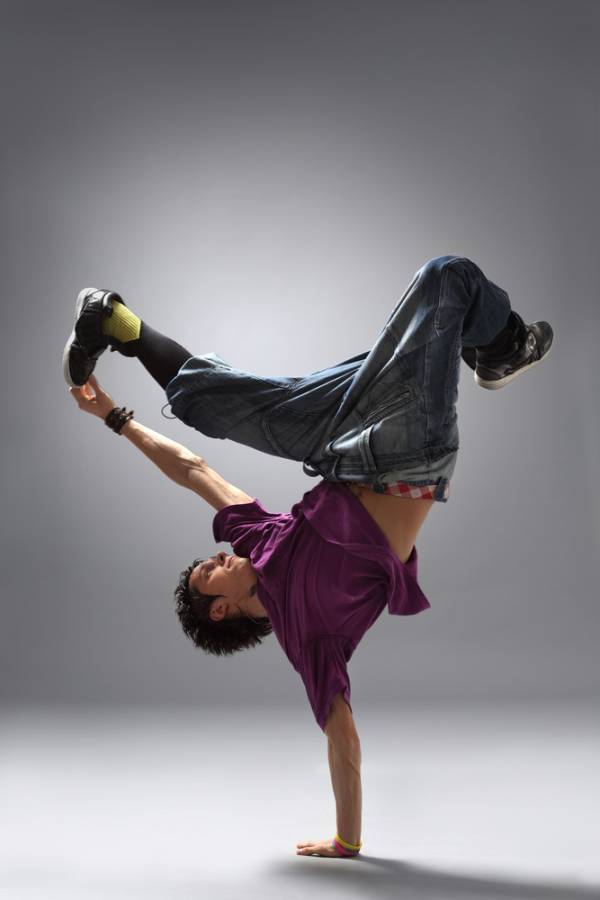
Beginner
GRADUATEGrades 6-8
Lesson Plan
1. Prepare
- Read through the student material in the LEGO® Education SPIKE™ App.
- If you feel it's needed, plan a lesson using the getting started material in the app. This will help familiarize your students with LEGO©®Education SPIKE™ Prime.
2. Engage (5 min.)
- Use the ideas in the Ignite a Discussion section below to engage your students in a discussion related to this lesson.
- Use the video to explain the lesson.
3. Explore (20 min.)
- Have your students work in pairs to build the "break dancer."
- Ask them to experiment with timing, syncing the motion of the legs with the blinking light on the Hub.
4. Explain (5 Min.)
- Talk about synchronizing movement.

- Have your students add movement to the dancer's arms.
5. Elaborate (15 Min.)
- Ask your students to add some beats that are in tune with their dancer's moves.
- How many sounds can they sync?
- Now have them program their dancers to move at regular intervals (e.g., every 30 seconds). Point out that this is meant to remind them to get up and dance!
- Don't forget to leave some time for cleanup.
6. Evaluate
- Give feedback on each student's performance.
- You can use the assessment rubrics provided to simplify the process.
Start a discussion about the importance of moving and exercising throughout the day. Ask relevant questions, like:
- How often should you stand up and move if you're spending a lot of time sitting down?
- Does stretching and moving help burn calories?
- What types of exercise could you do to keep moving?
- Are you taking breaks throughout the day, do you sometimes forget?
Have your students watch this video to see what they're about to do.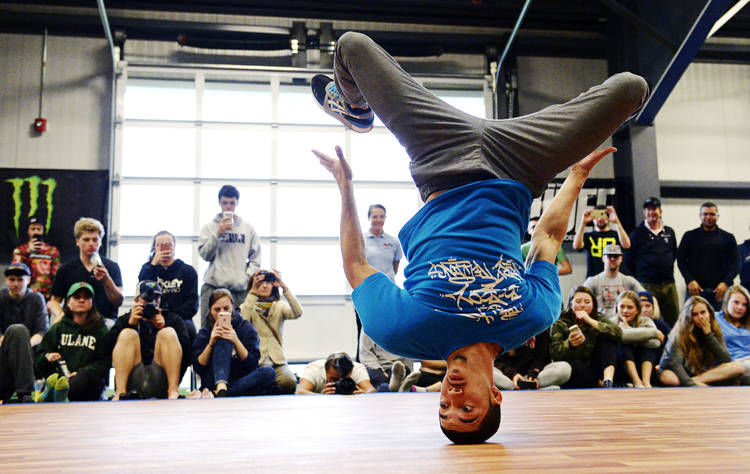
Building Tips
Tandem Build
Split each team's building tasks to ensure that everybody is actively involved.
- Student A: top of the Break Dancer
- Student B: bottom of the Break Dancer
Things to Sync
Syncing movement means that every move follows the rhythm. For example, everything takes one second to complete, which is often the case in music or dance.
There are various things to sync in this lesson.
- Movement of the legs
- Movement of the arms
- Blinking of the pixels on the Light Matrix
- Different sounds and notes
Add More Functions
Adding a third motor and an Ultrasonic Sensor will give your students more things to sync. For example:
- Movement of a third element
- Blinking of the Distance Sensor Light
Make It Your Own
Have your students add bricks to personalize their dancers.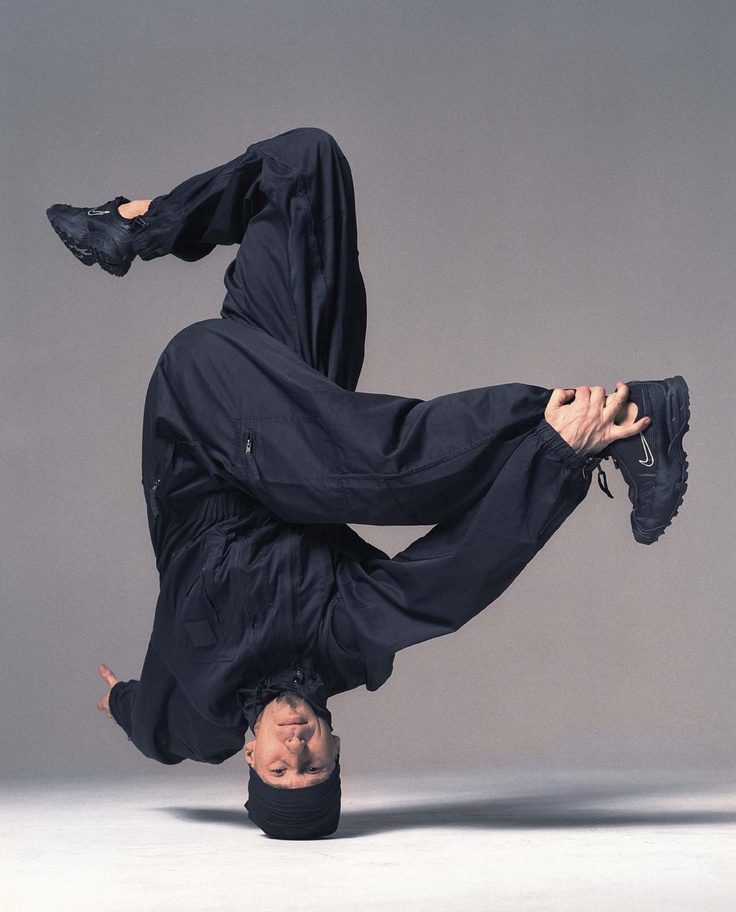
Coding Tips
Main Program
Possible Solution
Other Programs
Differentiation
Simplify this lesson by:
- Exploring the functions of the motor and how to control it using different units (e.g., motor run for seconds, for degrees, for rotations), use the Motors and Sensors getting started material to help you
Take this lesson to the next level by:
- Having the teams sync their models to create a flash mob
Assessment Opportunities
Teacher Observation Checklist
Create a scale that matches your needs, for example:
- Partially accomplished
- Fully accomplished
- Overachieved
Use the following success criteria to evaluate your students' progress:
- Students understand the concepts of rhythm, timing, and synchronization.
- Students accurately observe the "break dancer" and make efficient corrections to their programs.

- Students build an understanding of the "break dancer's" functionality so that they're able to program new rhythms following new beats in a short amount of time.
Self-Assessment
Have each student choose the brick that they feel best represents their performance.
- Blue: I've programmed the dancer’s legs to move in sync with the light.
- Yellow: I've programmed the dancer’s legs and arms to move in sync with the light.
- Violet: I've programmed the dancer to move at regular intervals. playing some beats to keep me moving.
Peer-Assessment
Encourage your students to provide feedback to others by:
- Having one student score the performance of another using the colored brick scale above.
- Asking them to present constructive feedback to each other so that they can improve their group's performance during the next lesson.
Language Arts Extension
To incorporate language arts skills development:
- Have the students research and discuss why it's important to get up and move at regular intervals when sitting for long periods in class, at the computer, watching TV, playing video games, etc.
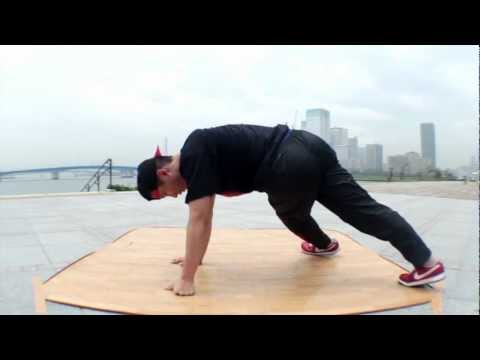
Note: This will make for a longer lesson.
Math Extension
To incorporate math skills development:
- Have your students explore or explain beats in terms of fractions.
- Have them play polymetric beats (e.g., 2/4 with 3/8, 5/4 with 4/4).
Note: This will make for a longer lesson.
Students who enjoyed this lesson might be interested in exploring these career pathways:
- Health Science (Biomedical)
- Health Science (Medical & Health Careers)
Teacher Support
Students will:
- Effectively use different data types such as time (seconds), speed, and degrees of rotations
Building instructionsBuilding instructionsPython Programs (PDF)
CSTA
2-DA-09
Refine computational models based on the data they have generated.
ISTE
- Knowledge of content
Computer science educators demonstrate knowledge of computer science content and model important principles and concepts.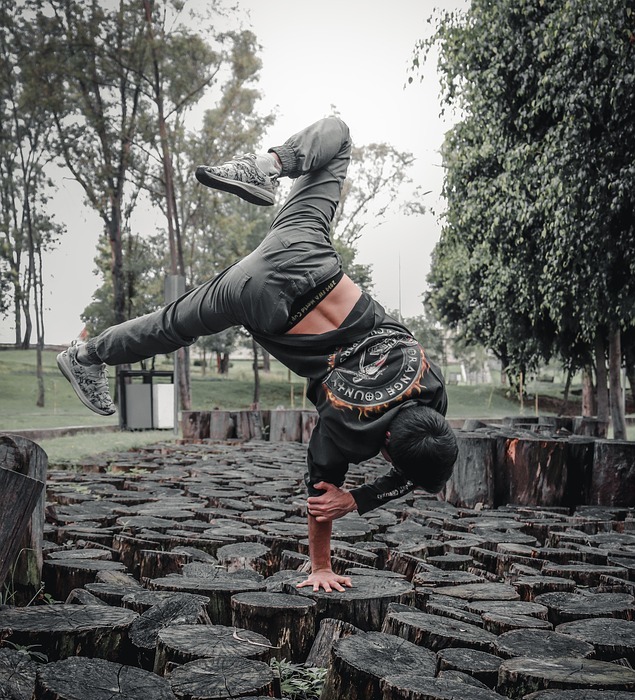
a. Demonstrate knowledge of and proficiency in data representation and abstraction
i. Effectively use primitive data types
COMMON CORE
CCSS.MATH.CONTENT.6.RP.A.3.D
Understand ratio concepts and use ratio reasoning to solve problems.
CCSS.MATH.CONTENT.6.NS.C.5
Apply and extend previous understandings of numbers to the system of rational numbers.
Student Material
Student Worksheet
Download, view, or share as an online HTML page or a printable PDF.
View Online
Break dance training. VIEW ALL LESSONS >>>
Breaking or break dance (break dance) - one of the most spectacular areas of street dance, which includes torsion, energetic "runs" and sudden stops of the dancer (freez) during his exit. The dance style began to form in the early 70s in New York in the Bronx area. Only a few years have passed and from the underground dance breakdance has received worldwide fame and recognition.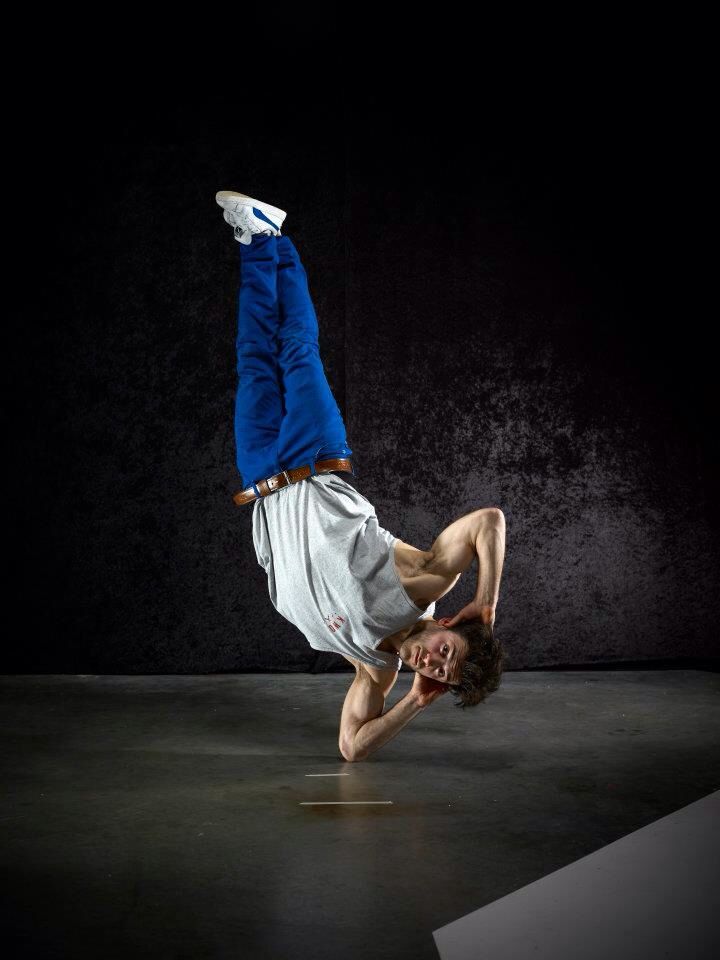 Today, breaking is one of the strongest dance subcultures, with a developed technique, system of events and a real street spirit. On this page you will see break dance lessons for beginners.
Today, breaking is one of the strongest dance subcultures, with a developed technique, system of events and a real street spirit. On this page you will see break dance lessons for beginners.
If you want to learn how to breakdance and feel that you can't do without a mentor, come to the Dragon Dance School for a trial breakdance lesson. Since 2000, we have been helping people learn how to move beautifully and feel the music. Already several thousand people have been trained and learned to dance. Even if you have never worked out before, even if you are not in good physical shape now, all this is easily fixable. You will understand that learning to dance is easy. Come for a free trial lesson.
Break dance training for beginners: the right warm-up
Any dance lesson in any style, be it breaking or hip-hop dance, should begin with a warm-up.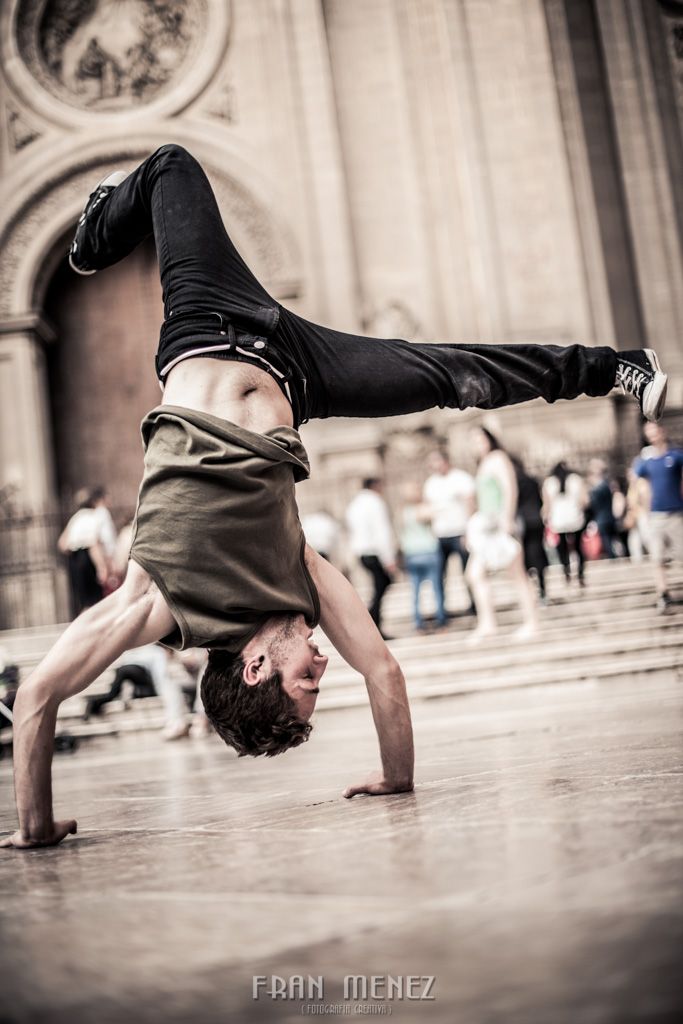 This allows you to warm up the body, muscles and ligaments. This is especially important for learning the lower break, since it uses the maximum resources of the body, which means that in order to swing to the fullest, you need to warm up a lot, maybe even sweat a little.
This allows you to warm up the body, muscles and ligaments. This is especially important for learning the lower break, since it uses the maximum resources of the body, which means that in order to swing to the fullest, you need to warm up a lot, maybe even sweat a little.
Break dance video lessons: top rock (top rock)
Top rock is what the dancer does before entering the lower elements. However, top rock should not be neglected, for a good dancer is easily recognized by the first moves of top rock. It's like a business card. Look online lessons on top rock and learn the elements suggested there. This will allow you to learn how to breakdance even at home.
1. Break dance school: Top rock 1
2.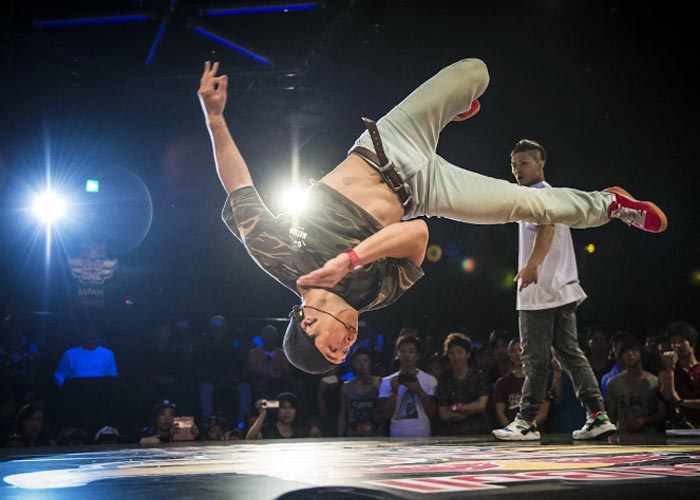 Break dance lessons: Top Rock 2
Break dance lessons: Top Rock 2
3. Top Rock 3. Movement Break DANSA for beginners
4. TOP ROCK 4. Street Dance lessons 9000 9000 9000ours children and not only in Moscow. Sign up and come to a trial lesson
Basic technique: footwork (style)
Footwork or style is one of the main sub-styles in breakdance. It includes, as the name suggests, "footwork". And indeed it is. A variety of "running", "cutting" and so on. Each bboy tries to stand out in footwork and do it in his own way. Therefore, it is important to learn the basics at the beginning, and then proceed to improvise and develop your own manner in footwork.
1. How to learn how to dance Break DANS: Sharchka
How to learn how to dance Break DANS: Sharchka
2. Break DANS LUCK: Six Steps
3. Online lessons BREAK DANSA: Three Steps 9000 9000
4. dance for beginners: CC's
Basic technique: Freez/Power trix
If you watched breakdance videos from battles, then you probably remember that during the dance, the b-boy can suddenly stop or freeze in the most incredible position. These stops are called "friezes". Also in breakdance, many elements are performed from a handstand, elbows, etc. This power substyle is called "trix". Watch break dance lessons and master the base of these directions.
1. Break dance. Where to start: Balance
Break dance. Where to start: Balance
2. Freez 1. How to learn Break Dance Frisa
3. Video Dance Lessor Break 2
90144. Freez 3. Break dance lessons
Basic technique: Power move
Finally, we move on to the most spectacular part of break dance for many - power moves. These are power movements, all kinds of torsion on the head, back, various "air twists" and "air tracks". Indeed, power moves are the hallmark of breaking. In order to learn how to bray dance and perform complex elements, you will first need patience. Every break dance move requires thoughtful practice.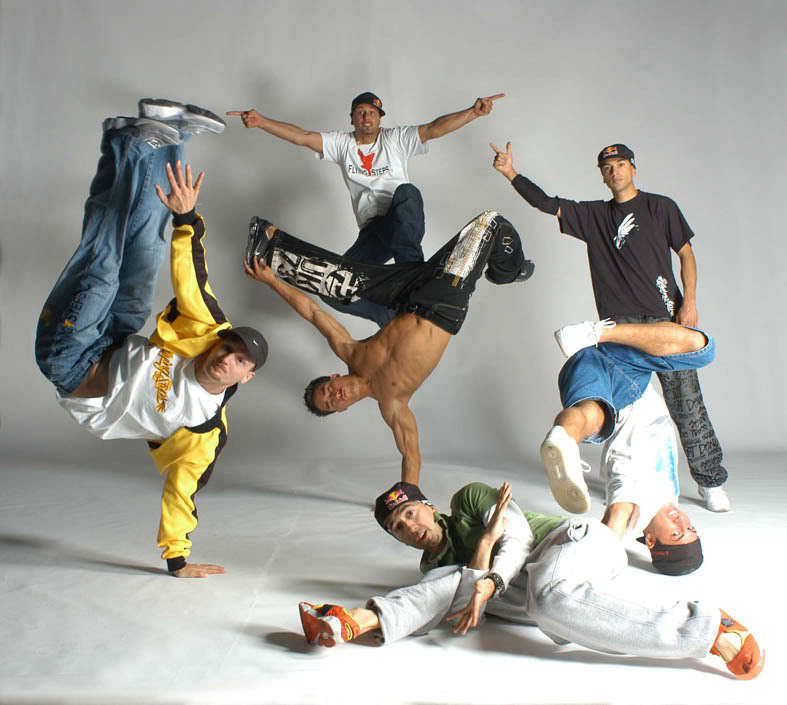 Therefore, if something did not work out on the first try, do not be discouraged. Just do it again. Record your video. Compare with how it was explained in the video tutorial. A little work and everything will work out! You will learn to dance breakdance the way you have long wanted to!
Therefore, if something did not work out on the first try, do not be discouraged. Just do it again. Record your video. Compare with how it was explained in the video tutorial. A little work and everything will work out! You will learn to dance breakdance the way you have long wanted to!
1. Basic rotation for beginners Backspin (Bek Spin)
2. Element Break Dansa Svips Swipe: Parsing and Training
3. Lessons of dance Break Dance: Turtle or "Turtle"
4. The most famous element of breakdance: Windmill / gelik / mill
Routines
1. Breakdance dance lessons: Combo 1.0002 2. Break dance training and online lessons: Combo 2
Breakdance dance lessons: Combo 1.0002 2. Break dance training and online lessons: Combo 2
It is often easier to learn how to dance with an experienced trainer. Even if you are afraid that it will not work out and have never danced before, it is not scary. In our Dragon Dance School, we train those who come to study "from scratch". Sign up for a trial lesson and give yourself a dream come true!
low start for big success
Just because the idea to learn the bottom break does not arise! This means that there is already a concept of style, that same music is already pumping, the coolest videos from the gods of hip-hop have already been viewed thousands of times. So it's time to take the plunge!
Starting small
Bottom breakdancing from scratch is hard. But not so much that it's so easy to give up on a dream. Therefore, the school "Dragons" accepts for training everyone who so far falls into the "Children" category. Why children? Yes, because before the age of 18 a person is especially plastic, has indomitable energy and, in two or three repetitions, assimilates the material that an adult would need a month to master. Soft, pliable ligaments, good muscle tone, full dedication - that's what you need to master the bottom break.
But not so much that it's so easy to give up on a dream. Therefore, the school "Dragons" accepts for training everyone who so far falls into the "Children" category. Why children? Yes, because before the age of 18 a person is especially plastic, has indomitable energy and, in two or three repetitions, assimilates the material that an adult would need a month to master. Soft, pliable ligaments, good muscle tone, full dedication - that's what you need to master the bottom break.
Training includes several separate goals that are included in a single course system:
- joint development,
- muscle strengthening,
- stretching,
- Flexibility increase,
- work with balance.
Teachers work especially carefully on these points in the first months of classes, then the developed and enduring body begins to independently set tasks and achieve results. And by the way, they come very quickly.
Overcoming fear
Young people and girls who are interested in how to dance bottom breakdance sometimes have several internal barriers that prevent them from starting classes:
- it is very difficult and not everyone can do it,
- breakdancing is a dangerous form of dancing,
- too much effort, what next?
Let's try to debunk some common myths.
- Breakdance is not a ballet, every movement is just the result of systematic work on oneself. If perseverance is enough, then the result will appear soon. 90% of children and teenagers are able to master the technique of the bottom break.
- Under the guidance of professional teachers who know everything about the physiology of dance, a young man can perform the most difficult somersaults without any risk. It’s a different matter if the question is “how to learn how to dance lower break dance at home.” In this case, without competent explanations and control of the teacher, the dance can really be dangerous.
- Yes, you will have to sweat at the Dragons school (in every sense!), and then excellent prospects await the talented dancer. You can create a team and perform at cool parties, you can participate in battles or take a course on self-improvement and grow to be a teacher
The main thing is not to waste time and start learning right now, while mobility and endurance are at their maximum.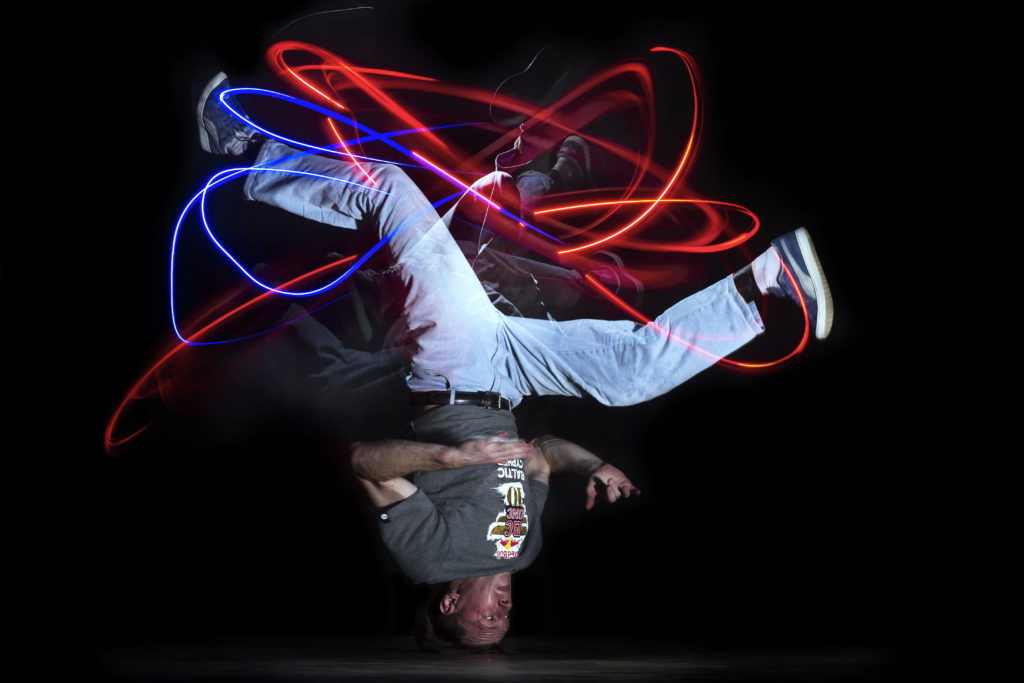
How to look cool?
Breakdancer is always visible from afar. He has an elastic gait, a stylish look, a confident look and a great beat in the player. He knows his own worth and always enjoys the sympathy of others, because he can do what his peers are not capable of, even taller and stronger. And these factors allow him to establish himself more firmly in society.
When is it worth doing modern dance?
- When a student feels a certain discomfort surrounded by classmates.
- When there are problems with academic performance (yes, yes! one does not interfere with the other, but, on the contrary, helps!).
- When other sports are not available for any reason (with the exception of medical restrictions).
- When you like hip-hop and don't like ballroom dancing.
- When you urgently need to translate street hooliganism into the mainstream of street art.
- When a girl (and girls also grow up to be excellent breakers) decided to quit pop and folk dances.
